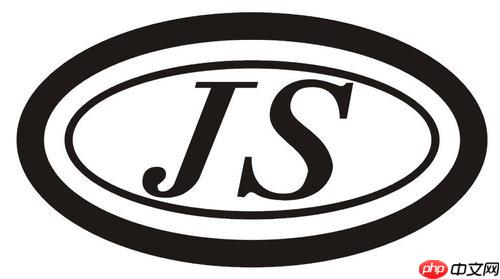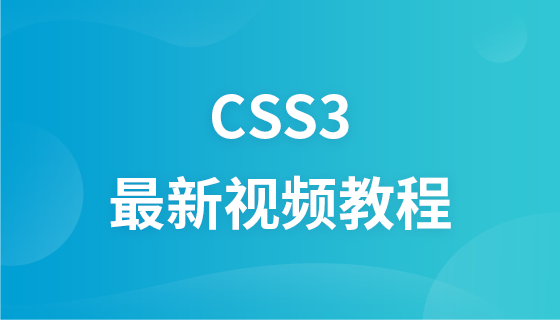获取浏览器信息最直接的方式是使用navigator和window对象;2. navigator.useragent可获取包含浏览器、操作系统等信息的字符串,但解析复杂且易被伪装;3. navigator.platform返回操作系统平台信息,但可能在特定环境下不准确;4. navigator.online判断网络连接状态,但无法确定是否真正可访问互联网;5. window.innerwidth/innerheight和screen.width/height分别获取视口和屏幕尺寸,用于响应式设计;6. user-agent client hints(如navigator.useragentdata)提供更结构化、隐私友好的现代替代方案,但需服务器配合且兼容性仍在提升;7. 尽管特性检测优于浏览器检测,但在兼容性处理、用户统计、体验优化和错误排查中,获取浏览器信息仍有实际价值;8. useragent存在伪装、格式不统一、信息冗余或缺失等问题,准确性有限;9. 更可靠的替代方法包括window.matchmedia()用于媒体查询、特性检测判断api支持、navigator.connection获取网络质量、geolocation获取位置、设备传感器和webrtc api获取硬件信息;10. 综合使用多种api才能全面了解用户运行环境。因此,应优先采用特性检测和现代api,谨慎使用useragent解析,以提高准确性和可维护性。

要在JavaScript里获取浏览器信息,最直接的方式就是利用浏览器内置的
navigator
window
获取浏览器信息,我们主要围绕
navigator
window
1. navigator
navigator.userAgent
console.log(navigator.userAgent); // 示例输出: "Mozilla/5.0 (Macintosh; Intel Mac OS X 10_15_7) AppleWebKit/537.36 (KHTML, like Gecko) Chrome/120.0.0.0 Safari/537.36"
navigator.platform
console.log(navigator.platform); // "MacIntel"
navigator.cookieEnabled
console.log(navigator.cookieEnabled); // true
navigator.onLine
console.log(navigator.onLine); // true
navigator.appName
navigator.appVersion
appName
2. window
screen
window.innerWidth
window.innerHeight
console.log(`视口宽度: ${window.innerWidth}, 视口高度: ${window.innerHeight}`);screen.width
screen.height
console.log(`屏幕分辨率: ${screen.width}x${screen.height}`);window.devicePixelRatio
console.log(`设备像素比: ${window.devicePixelRatio}`);document.documentElement.clientWidth
document.documentElement.clientHeight
window.innerWidth/Height
3. User-Agent Client Hints (现代方法) 为了解决
userAgent
Accept-CH
navigator.userAgentData
if (navigator.userAgentData) {
console.log(navigator.userAgentData.brands); // 浏览器品牌列表
console.log(navigator.userAgentData.platform); // 操作系统
console.log(navigator.userAgentData.mobile); // 是否是移动设备
navigator.userAgentData.getHighEntropyValues(['model', 'platformVersion', 'fullVersionList'])
.then(ua => {
console.log(ua); // 更详细的信息
});
}需要注意的是,
getHighEntropyValues
说实话,现代前端开发越来越推崇“特性检测”而非“浏览器检测”,意思就是我们应该判断浏览器是否支持某个API或CSS属性,而不是去猜测它是哪个浏览器然后为它定制代码。但即便如此,获取浏览器信息依然有其不可替代的价值,尤其是在一些特定的场景下。
首先,兼容性处理。尽管特性检测是王道,但总有些极端情况,或者历史遗留项目,你可能需要针对IE11、某个特定版本的Safari或者微信内置浏览器做一些特殊的CSS调整或者JavaScript Polyfill。这时候,
userAgent
userAgent
其次,用户行为分析与数据统计。网站的访问日志里通常会记录
User-Agent
再者,用户体验优化。比如,根据
window.innerWidth
最后,错误排查与日志记录。当用户反馈问题时,如果日志里能带上他们的浏览器版本、操作系统信息,那排查问题的效率会大大提升。你总不能让用户自己去查“我的浏览器是什么版本”吧?
所以,它不是万能药,也不是唯一的路,但它在某些时候,真的能帮上大忙。
这个问题问得好,准确性,这正是它最大的痛点。我跟你说,获取到的浏览器信息,尤其是通过
navigator.userAgent
最大的坑就是userAgent
userAgent
userAgent
userAgent
userAgent
userAgent
userAgent
其他属性的坑:
navigator.appName
navigator.appVersion
navigator.platform
navigator.onLine
onLine
true
所以,我的建议是,除非你真的别无选择,或者你对
userAgent
当然有,而且很多时候它们比单纯依赖
navigator
window.matchMedia()
window.innerWidth
if (window.matchMedia("(max-width: 768px)").matches) {
console.log("当前是小屏幕设备");
}
const prefersDark = window.matchMedia("(prefers-color-scheme: dark)");
prefersDark.addEventListener("change", (e) => {
if (e.matches) {
console.log("用户切换到了暗色模式");
}
});这个方法在响应式设计中非常有用。
特性检测(Feature Detection):这是我个人最推荐的方式。与其判断“这是Chrome浏览器”,不如判断“这个浏览器是否支持
Service Worker
WebAssembly
if (window.localStorage) { ... }if ('ontouchstart' in window) { ... }CSS.supports('display', 'grid')screen
screen.width/height
screen.colorDepth
screen.orientation
console.log(`屏幕颜色深度: ${screen.colorDepth}位`);
console.log(`屏幕方向: ${screen.orientation.type}`); // "portrait-primary" 或 "landscape-primary"Performance API
navigator.connection
effectiveType
rtt
downlink
if (navigator.connection) {
console.log(`网络类型: ${navigator.connection.effectiveType}`);
console.log(`往返时间: ${navigator.connection.rtt}ms`);
}这对于根据网络情况调整资源加载策略很有用。
Geolocation API
navigator.geolocation
设备传感器API:如
DeviceOrientationEvent
DeviceMotionEvent
WebRTC
navigator.mediaDevices.enumerateDevices()
这些方法各有侧重,很多时候你需要结合使用它们,才能拼凑出用户当前运行环境的全貌。毕竟,一个完整的用户体验,不仅仅是浏览器本身决定的。
以上就是js 如何获取浏览器信息的详细内容,更多请关注php中文网其它相关文章!

每个人都需要一台速度更快、更稳定的 PC。随着时间的推移,垃圾文件、旧注册表数据和不必要的后台进程会占用资源并降低性能。幸运的是,许多工具可以让 Windows 保持平稳运行。




Copyright 2014-2025 //m.sbmmt.com/ All Rights Reserved | php.cn | 湘ICP备2023035733号